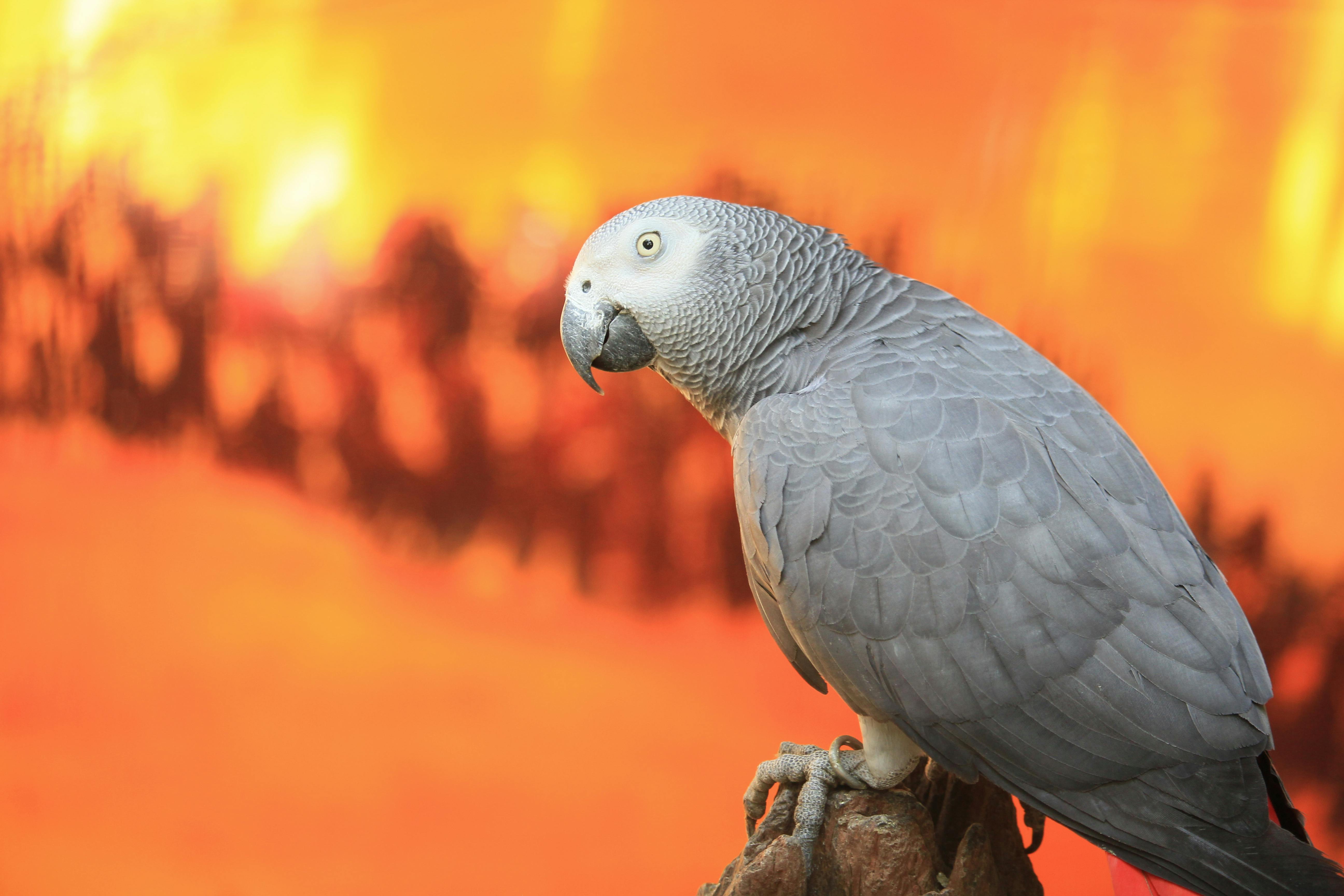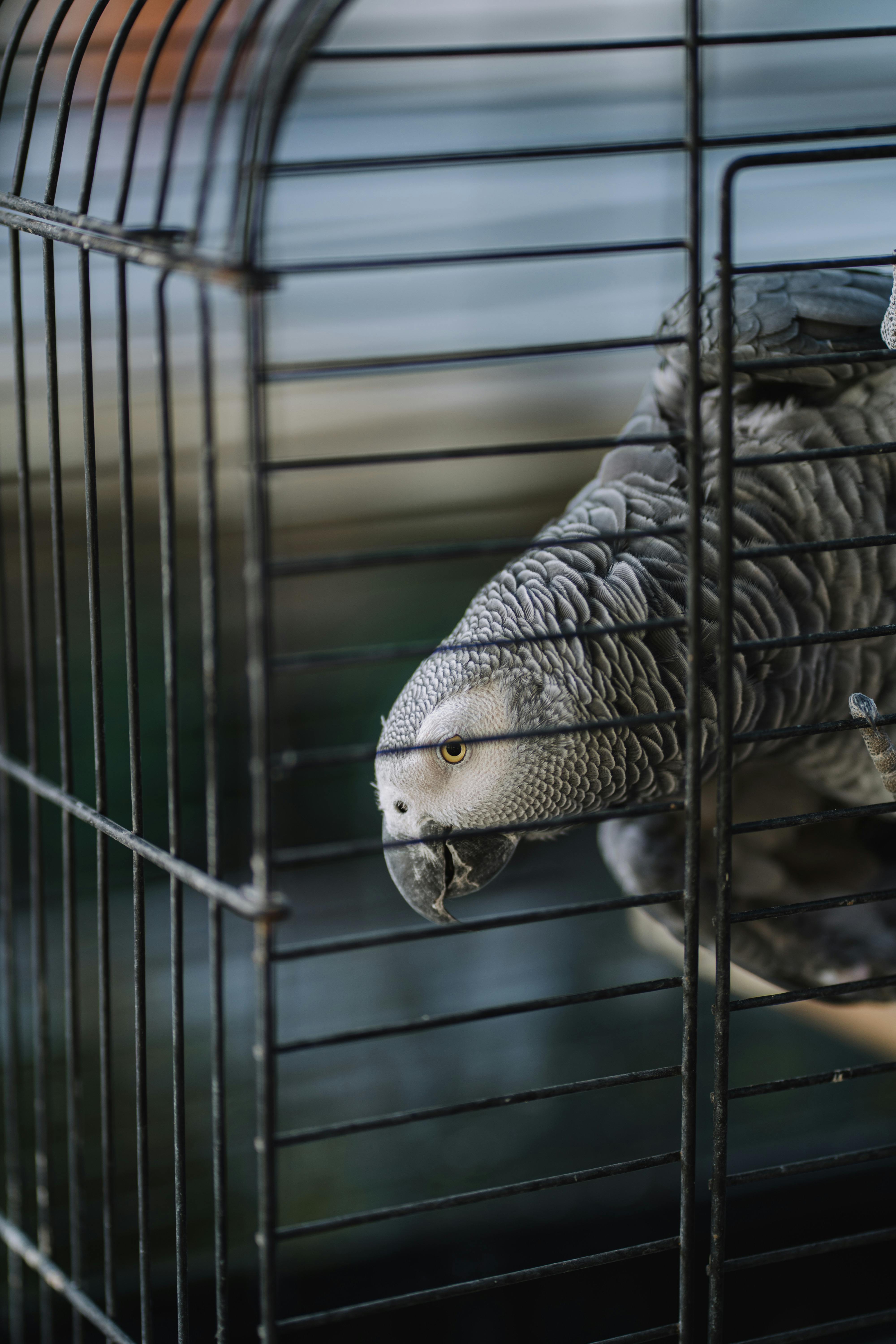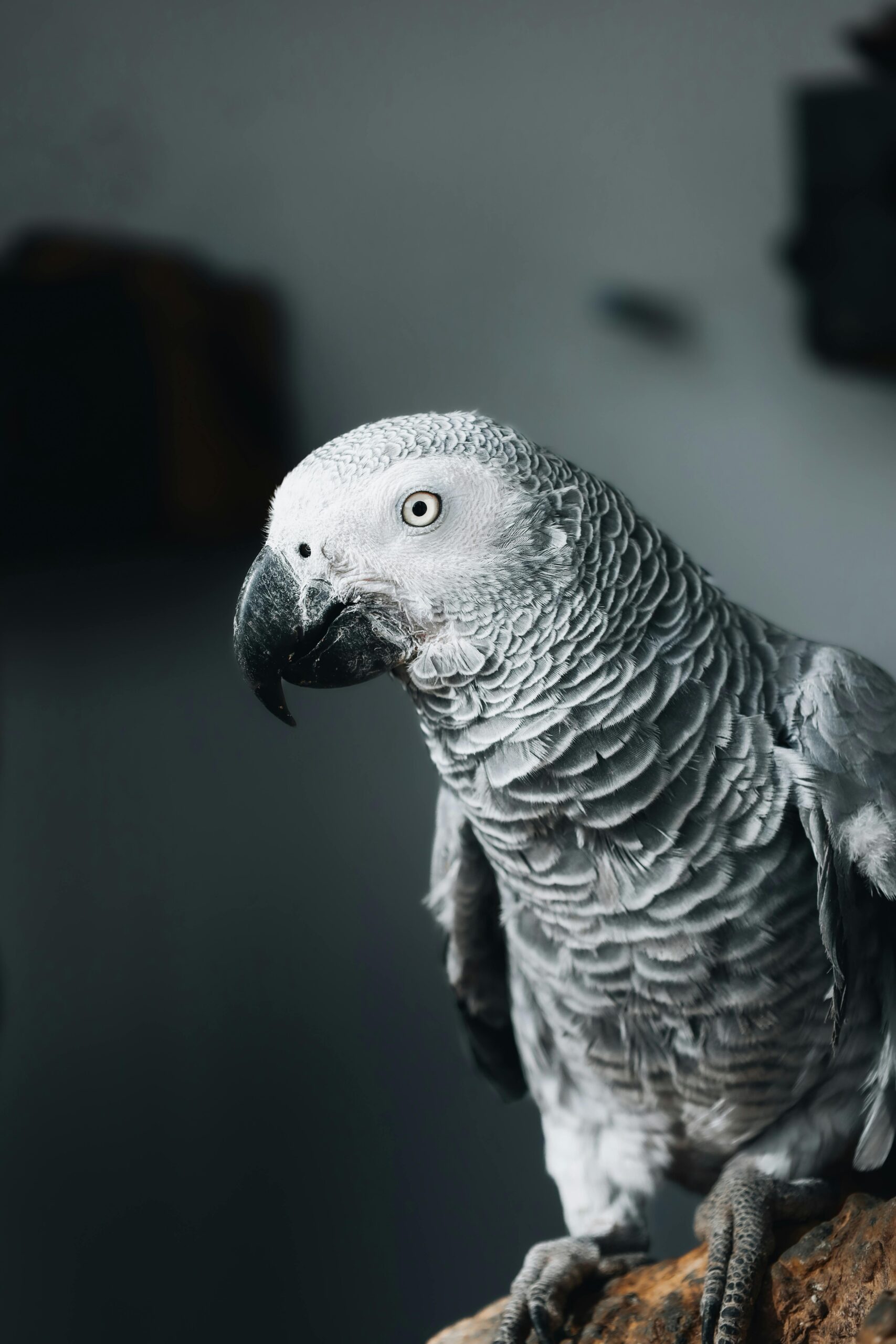Smart Ways to Enhance Your African Grey Parrot’s Well-Being in 2025
Understanding African Grey Parrot Needs
African Grey Parrots are renowned for their intelligence, social nature, and vocal abilities. Owning an African Grey can provide immense joy, but it brings specific responsibilities that require attention to their unique needs. These parrots thrive on social interactions, mental stimulation, and proper dietary care. Creating an environment that caters to these needs will not only improve their overall well-being but also strengthen the bond you share with your feathered friend.
As you explore various aspects of African Grey care, you will discover the importance of dietary planning, social interactions, and proper habitat setup. This article will guide you through essential tips and strategies to ensure your African Grey’s happiness and health in 2025, including effective training techniques, enriching activities, and understanding their behavior.

Let’s delve into how you can nurture your African Grey effectively, unlocking the richness of their personality and maintaining their health.
Creating a Comfortable African Grey Habitat
Building an enriching environment is crucial for any pet, especially for an intelligent bird like the African Grey. The right habitat setup encourages natural behaviors and ensures they feel secure. This naturally leads us to discuss key components of the ideal living space.
Optimal Cage Setup for African Greys
Choosing the right cage is vital for your parrot’s happiness. A spacious cage allows for comfortable movement and prevents boredom. Generally, a cage should be at least 2 feet wide, 2 feet deep, and 3 feet tall. The bars should be spaced no more than ¾ inches apart to prevent escapes. Adding perches of varying sizes and materials can promote healthy foot care and exercise.
Moreover, including platforms for climbing and resting areas will help mimic a more natural setting. Ensure the cage is fortified with non-toxic paints and materials, allowing your African Grey the safest experience.
Enriching the Environment
Bird enrichment activities are integral to stimulating your African Grey’s curiosity and intelligence. Rotating toys, providing foraging options, and allowing exploration can significantly enhance their life quality. This can include various interactive toys designed for cognitive engagement, such as puzzles and chewable materials.
Regularly changing the layout of their space and introducing new elements can keep your bird mentally stimulated. Also, incorporating safe, non-toxic plants can enhance their environment while offering natural foraging opportunities.
The Importance of Flight
Allowing your African Grey to fly is paramount in promoting physical health. If space permits, a flight aviary can be an excellent option for free ranging within a secure area. If not, daily supervised out-of-cage time is essential. Interacting during flying exercises reinforces good behavior through structured activities, promoting both physical health and mental engagement.
Optimal African Grey Diet for Health
Feeding your African Grey a balanced diet is crucial in promoting a long and healthy life. This naturally leads us toward discussing nutrition, which is one of the pillars of grey parrot care. Understanding what to feed them will assure you of their health and well-being.
Key Components of an African Grey Diet
An ideal diet for an African Grey includes high-quality pellets that are species-specific, supplemented with fresh fruits, vegetables, and occasional nuts. Each element plays a significant role in their nutrition. For instance, leafy greens like kale and spinach provide vital vitamins, while fruits like apples and bananas add essential hydration and sweetness to their meals.
Incorporating mixed seeds can be beneficial, but moderation is key as they are high in fat. For the best food for your African Grey, consult with your avian vet to formulate a custom diet that meets nutritional needs. Regularly providing clean water and monitoring their feeding habits will promote digestive health.

Understanding African Grey Health Issues
Paying attention to your African Grey’s diet is vital in preventing common health issues such as obesity and malnutrition. Monitor weight fluctuations and changes in behavior, which could indicate underlying health issues. Regular check-ups with an avian vet can help catch any potential health problems early on.
Training Techniques for Proper Feeding
Training your African Grey during feeding times can be a great bonding experience. Implementing positive reinforcement techniques encourages desirable behaviors, enhancing their willingness to try different foods. Consider creating a routine that incorporates training sessions on food foraging techniques, thus promoting physical activity and mental stimulation.
Socialization and Bonding with Your African Grey
Socialization is critical for developing a well-rounded African Grey. This not only establishes trust but helps in understanding their complex behavioral patterns. Connected to this principle, let’s discover effective ways to bond with your parrot.
Engagement and Interaction
Interactive playtime is essential to foster a strong relationship between you and your African Grey. Consistently engage your bird in social activities. This can range from simple tricks to more complex games that challenge their intelligence and allow for emotional connections. Encouraging them to explore new environments or meet other birds under controlled circumstances can vastly improve their social skills.
Understanding Mimicry and Communication
African Grey Parrots are famous for their vocalization skills. Engaging them in conversation encourages speech development. This becomes an avenue for deeper bonding. Spend time talking to your parrot, using phrases you want them to learn. Recognizing their vocalization patterns can also give insight into their emotional states, enhancing communication between you.
Dealing with African Grey Behavior Issues
It’s vital to understand the behavioral traits of African Greys to address any potential issues. Behavioral problems can arise from lack of social interaction, boredom, or stress. Observing their actions will help identify specific triggers that lead to undesirable behavior, allowing you to implement preventative measures. Cooperation with a bird behavior specialist can also assist in reshaping your African Grey’s behavior into something positive.
Encouraging Playtime and Exercise
Physical activity is crucial to your African Grey’s overall health, tied closely to their emotional well-being. As we transition into the importance of exercise, overseeing their playtime can greatly enhance their quality of life.
Interactive Toys and Play Activities
Providing a variety of toys that stimulate both the mind and body is key. Interactive toys that require problem-solving will keep your grey engaged and active. Rotating toys every week can maintain their interest and curiosity, ensuring they are continually challenged. Take care to include toys for shredding, swinging, and climbing that promote physical activity.
Scheduled Playtime Together
Dedicating specific times for play fosters a routine that your African Grey can rely on, promoting a sense of stability. During these sessions, engage in activities that allow them to express their personality. Use tunnels, swings, or gentle fetch games to keep them active and build your bond. Monitoring their body language helps ensure they are enjoying the time together.
Safety Considerations During Play
While providing an environment for play and exercise, it’s essential to maintain safety protocols. Ensure their environment is child-proofed and free of harmful items. Remove potential hazards such as electrical cords, toxic plants, or open windows to create a risk-free zone for play. Safety during flight sessions can also prevent accidents, ensuring your parrot remains unharmed whilst exercising.
Addressing African Grey Behavior and Vocalization
Understanding the distinct vocalizations of African Grey Parrots and their behavior is crucial for effective communication and companionship. Following this approach, we can explore the fascinating modalities of their sounds and agility.
Interpreting Vocalizations
African Grey Parrots communicate with various sounds, from mimicked words to distinct calls. Understanding these vocalizations is essential for recognizing their emotions. For instance, a soft chattering may indicate happiness, while squawking might indicate anxiety or boredom. Being attentive to their communication enhances your responsiveness to their unmet needs.
Behavioral Patterns and Learning
Recognizing common behavioral patterns among African Greys can assist in identifying their emotional state and needs. Their behavior is often indicative of how they are feeling or what they might require in terms of attention or activity. Regularly interacting with them and establishing a consistent routine will promote resilience and positive behavioral traits.
Training for Positive Behavior
Utilizing bird training techniques will further improve your parrot’s behavior. Consistently applying these techniques fosters healthy communication channels that enhance your relationship. Encouraging good behavior through positive reinforcement while correcting undesirable actions gently will create a stable learning environment where your African Grey can thrive.
Conclusion: The Joy of Owning an African Grey
Owning an African Grey Parrot comes with a rewarding journey that requires dedication, patience, and love. Understanding their needs and educating yourself on their behavior ultimately enhances your experience as a pet owner. Incorporating the discussed strategies will undoubtedly lead to a happier and healthier life for your feathered companion. The efforts invested in training, socialization, and environmental enrichment pave the way for a fulfilling companionship with an African Grey.
Whether you are considering adopting an African Grey or already have one, nurturing their well-being profoundly impacts both your lives. By focusing on their diet, engaging playtime, and understanding their unique behaviors, you are creating a nurturing environment that celebrates the vibrancy of these extraordinary birds.
